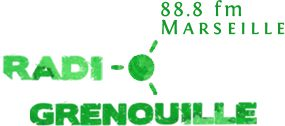In 1944, when Viena Karelia, the cradle of Finnish culture, finds itself within the closed zone of the USSR, everything belonging to the Karelian tradition seems to be bound to oblivion. Paradoxically and despite the mass exodus to Finland, the cultural repression and the soviet dream of collectivization combined to a relative isolation of Karelia contributed to preserve its cultural heritage. Today, twenty years after the collapse of the soviet union and the opening of the iron curtain, Viena Karelia, still circled by primitive forest, has its share of guarded secrets and is one of the very rare European regions where an indigenous culture is still alive.
Build
on the banks of the Kemijoki river, Paanajärvi (in Finnish)
respectively
Panozera (in Russian)
is
one of the oldest villages
of oriental Karelia. Its remote
geographical location coupled with its
abandonment
by the
soviet power have kept
the village almost untouched, as if the world would
have
advanced without it.
Its inhabitants still live in a close relationship with their
environment and their monastic life triggered
our interest.
The
four seasons of Paanajärvi
is a project around the village's soundscape which in its singularity
and immaculateness
offers a wide range of variations over the seasons. It is divided
into two stages:
at
first a collection of “raw” sounds,
a
sound herbarium
created
for the museum of the Juminkeko Foundation
in Khumo (Finland) and
secondly
four radio pieces, produced by Radio Grenouille and broadcasted
through the
Radia network. The
combination of these two parts will create a diffracted portrait of
this transforming village and its disappearing world.

